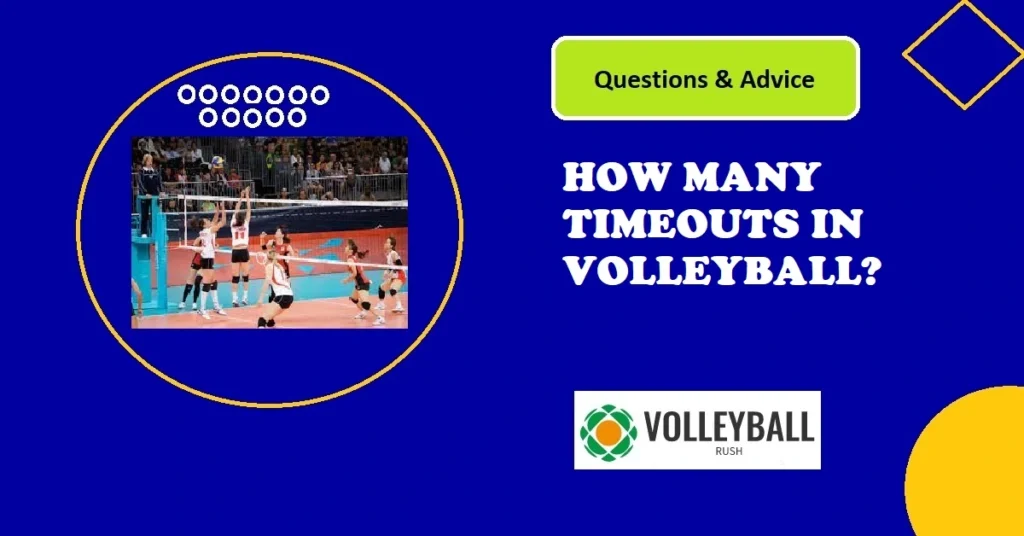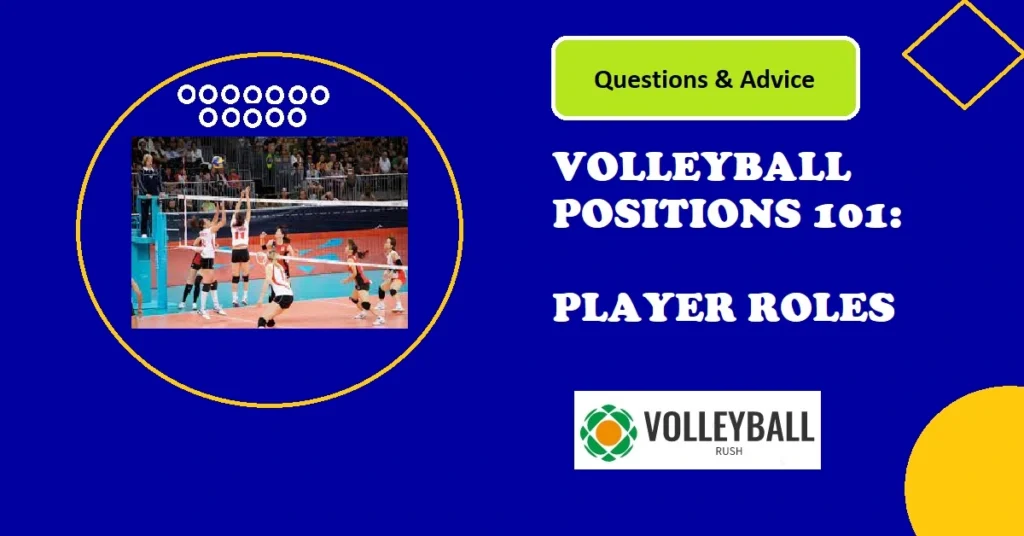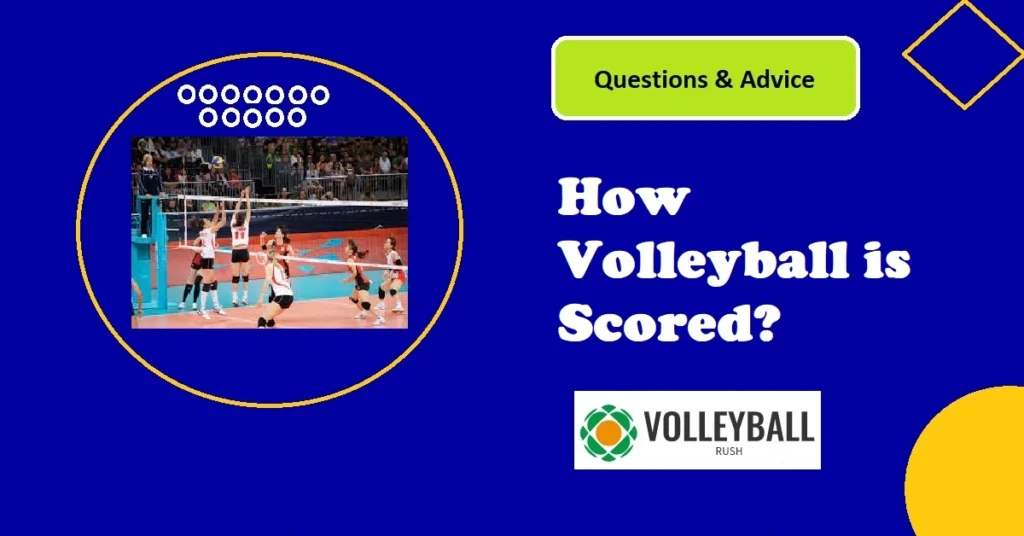How Many Timeouts in Volleyball? A Complete Guide for Beginners
If you are new to volleyball, you might wonder how many timeouts are allowed in a game and when to use them. In this blog post, I will explain the rules and strategies of timeouts in volleyball and some tips on how to make the most of them.
What is a Timeout in Volleyball?
A timeout is a short break in the game that allows the teams to regroup, communicate, and adjust their tactics. A timeout can be called by either the coach or the captain of a team, and it lasts for 30 seconds. During a timeout, the players can leave the court and go to their bench area, where they can talk to their coach and teammates. The coach can also use a whiteboard or a tablet to draw diagrams and show statistics.
Why are Timeouts Important in Volleyball?
Timeouts are important in volleyball because they can help a team to:
Stop the momentum of the opponent
If the opponent is on a scoring streak or has a strong serve, a timeout can disrupt their rhythm and confidence.
Change the strategy or tactics
A timeout can give the coach an opportunity to analyze the situation and make adjustments to the formation, rotation, defense, offense, or serve receive.
Recover physically and mentally
A timeout can allow the players to rest, hydrate, and calm down. It can also help them to refocus, motivate, and encourage each other.
How Many Timeouts Are Allowed in Volleyball?
The number of timeouts allowed in volleyball depends on the level and format of the game. Here are some common examples:
In FIVB (International Volleyball Federation) rules, each team can call two timeouts per set. There are no timeouts in the deciding set (the fifth set) unless it reaches 8 points for both teams, then each team gets one timeout.
In NCAA (National Collegiate Athletic Association) rules, each team can call two timeouts per set. There are also two media timeouts per set, which occur when the first team reaches 15 points and 25 points. In the deciding set, each team gets one timeout, and there is one media timeout when the first team reaches 8 points.
In high school rules, each team can call two timeouts per set. There are no media timeouts in high school volleyball.
In beach volleyball rules, each team can call one timeout per set. There are no media timeouts in beach volleyball.
How to Use Timeouts Effectively in Volleyball?
To use timeouts effectively in volleyball, you should consider the following factors:
Timing
You should call a timeout when you need it most, such as when you are trailing by a large margin when you are facing a crucial point, or when you notice that your team is losing focus or confidence. You should also avoid calling a timeout too early or too late in a set, as it might not have much impact on the outcome.
Communication
You should use the timeout to communicate clearly and concisely with your team. You should focus on one or two key points that you want to address, such as correcting a mistake, changing a strategy, or giving feedback. You should also listen to your players and their input, as they might have valuable insights or suggestions.
Motivation
You should use the timeout to motivate and inspire your team. You should praise their efforts, highlight their strengths, and remind them of their goals. You should also use positive language and body language, and avoid criticizing or blaming your players.
Conclusion
Timeouts are an essential part of volleyball that can help a team to improve their performance and win more games. By understanding the rules and strategies of timeouts in volleyball, you can use them wisely and effectively. I hope this blog post has answered your question about how many timeouts are allowed in volleyball and given you some valuable tips on how to use them. If you enjoyed this post, please share it with your friends and leave a comment below. Thank you for reading!
Frequently Asked Questions & Answers
Can a player request a timeout in volleyball?
Yes, in volleyball, timeouts can be requested by the team’s coach or captain during dead-ball situations or when the ball is out of play.
How long is a timeout in indoor volleyball?
In indoor volleyball, timeouts are typically one minute long. However, it’s important to note that specific league or tournament rules may vary.
Are timeouts allowed during rallies in volleyball?
No, timeouts cannot be called during rallies in volleyball. They can only be requested during dead ball situations or when the ball is out of play.
Can a team call multiple timeouts in a single set?
No, in most cases, teams are allowed a maximum of two timeouts per set in indoor volleyball. In beach volleyball, teams usually have one timeout per set.
Do timeouts count toward the game clock in volleyball?
No, timeouts do not count toward the game clock in volleyball. The duration of a timeout is separate from the actual playing time.
How long is a game of volleyball?
What happens during a timeout in volleyball?
During a timeout, teams gather to discuss strategies, receive instructions from the coach, address issues, and motivate players. It is a crucial moment for regrouping and planning.
Can timeouts be called for injuries in volleyball?
Yes, in the event of an injury requiring immediate medical attention, the referee may grant an “injury timeout.” These timeouts do not count toward the team’s regular timeouts.
Can timeouts disrupt an opponent’s momentum in volleyball?
Yes, timeouts can be used strategically to disrupt an opponent’s rhythm, break their momentum, and provide a mental and emotional reset for the calling team.
Are there any exceptions to the number of timeouts in volleyball?
Specific league or tournament rules may have variations regarding the number of timeouts allowed, so it’s important to consult the governing body’s regulations for accurate information.
How can teams make the most of timeouts in volleyball?
Teams can use timeouts to assess their performance, adjust tactics, motivate players, and strategize for a potential turnaround. Effective utilization of timeouts can significantly impact the outcome of a match.



